Let’s take a stroll down memory lane: fluorescent-lit classrooms, the unmistakable squeak of whiteboard markers, and that one dusty textbook from 1997 that somehow still made the rounds. You might remember proudly reciting “facts” in class like the triumphant genius you were—only to find out as an adult that, wow, your entire education was kinda built on lies? Yep, us too. Turns out, American schools have a knack for passing off half-truths and patriotic folklore as hard facts.
So buckle up and get ready to have your inner fifth grader mildly betrayed. Here are 15 myths that still get pushed in American classrooms—and why they’re totally, hilariously wrong.
1. Einstein Failed Math
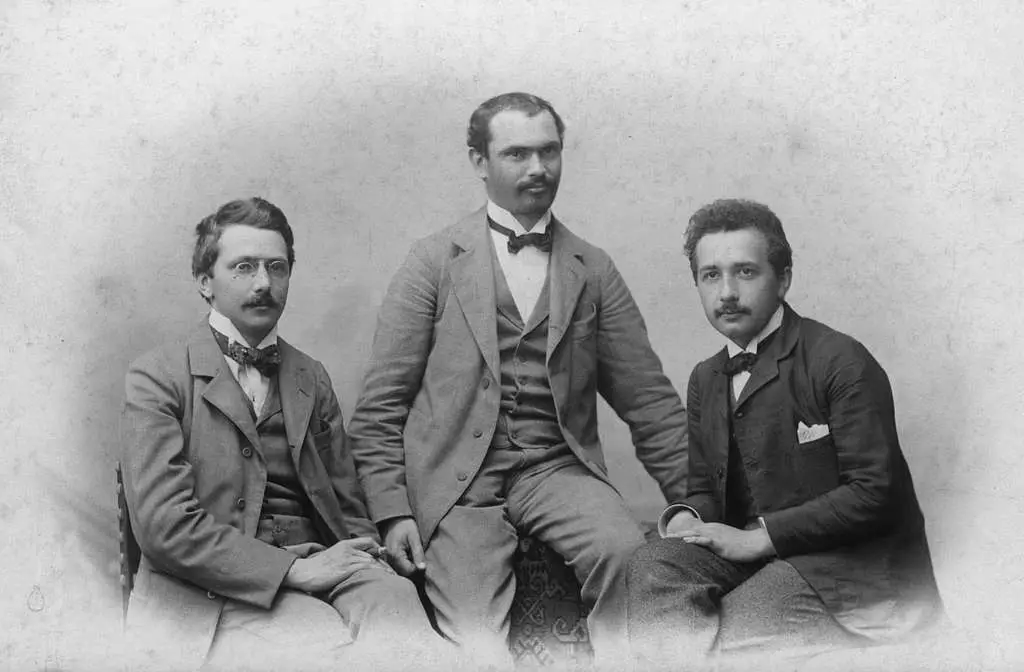
Let’s just nip this one in the bud: Einstein was a math whiz. The myth that he failed math is about as accurate as saying Shakespeare hated writing. As The Washington Post reports, he had mastered differential and integral calculus by the time he was 15. The rumor likely stemmed from confusion over a grading scale used in Swiss schools, where a “6” was the highest grade—not a failing mark.
This myth has real staying power, though, because people want to believe it. It’s comforting to think that even the most brilliant minds struggled in school, but in Einstein’s case, it’s just not true. He did have issues with certain teachers and authority figures, but his academic record—especially in math and physics—was consistently excellent. So while he might’ve looked like the ultimate rebel genius, his GPA says otherwise.
2. Columbus Discovered America
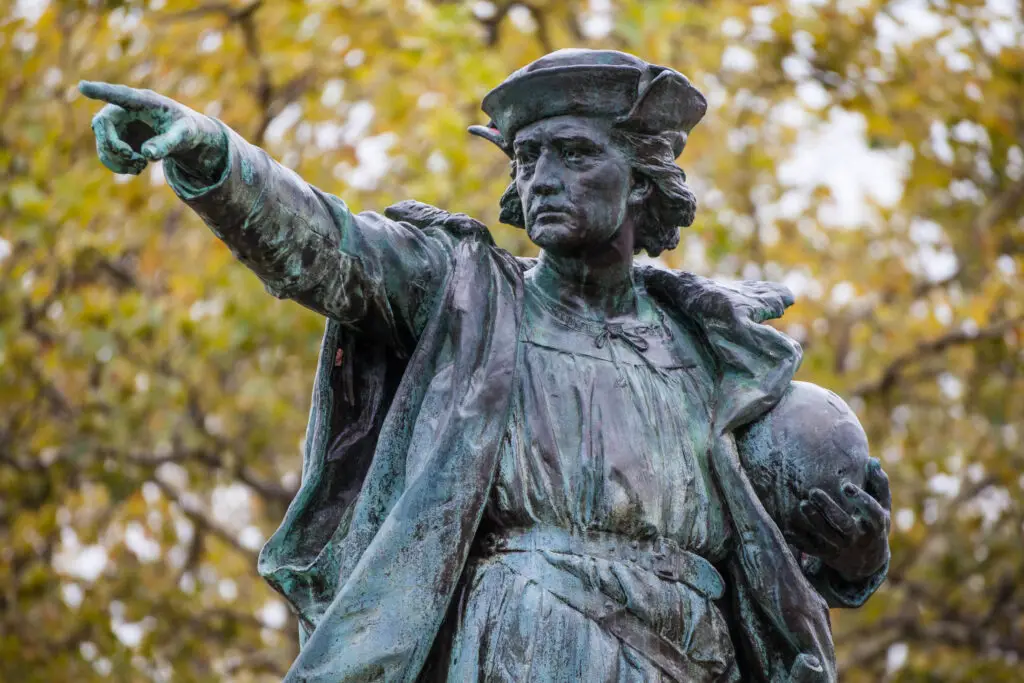
Ah yes, Christopher Columbus: the O.G. explorer every school kid learns about, complete with Nina, Pinta, and Santa Maria fanfare. But here’s the thing—Columbus absolutely did not discover America. Indigenous peoples had been living on this land for over 15,000 years before his ships even dipped a toe into the Caribbean. And even if we’re talking Europeans, Time reminds us that Norse explorer Leif Erikson beat him to the punch by about 500 years. Honestly, Columbus just had better PR.
What Columbus did discover was a very lucrative opportunity for colonization, exploitation, and general mayhem. He never even stepped foot on what’s now the continental U.S.—he mainly poked around the Bahamas and Central America. So when your textbook made it sound like he heroically planted a flag in what would become Delaware, it was definitely embellishing. Schools tend to sugarcoat this whole saga, turning what was essentially the launch of centuries of genocide into a charming voyage story. Rough.
3. We Only Use 10% of Our Brains

Somehow, this idea spread like wildfire—and stuck around like glitter at a kid’s birthday party. The myth that humans only use 10% of their brains is repeated so often, it’s basically become a motivational poster. But according to Scientific American, it’s complete nonsense. Brain scans show that we use every part of our brain, and even while resting, there’s constant activity in multiple areas.
So where did this junk fact even come from? Some blame early 20th-century psychologists looking to inspire people to unlock “hidden potential.” Others point to misinterpreted neurological studies. Whatever the case, it’s not science—it’s just a catchy soundbite that Hollywood ran with in movies like Lucy and Limitless. In reality, your brain is doing the absolute most, even when you’re zoning out in geometry class.
4. The Tongue Has Specific Taste Zones

Remember that cute little tongue map? Sweet at the tip, bitter in the back, salty on the sides? Yeah, turns out that’s one big, papillae-packed lie. According to the BBC, there are no rigid taste zones. Taste buds that detect all five main flavors—sweet, sour, salty, bitter, and umami—are spread all over your tongue like confetti.
The myth actually comes from a 1901 paper that got mistranslated and then weirdly immortalized in textbooks. From there, it was all downhill. The truth is, your taste buds aren’t picky about where they work, and flavor detection is more complex than any elementary school diagram can handle. So the next time someone says “you taste bitter things in the back,” you’ve got full permission to hit them with a gentle “actually…”
5. Chameleons Change Color to Blend In

Every kid who watched cartoons in the ’90s believed chameleons were the original masters of disguise. But the real reason they change color? Not camouflage—it’s emotion, temperature, and social signaling. According to National Geographic, it’s more like a mood ring than an invisibility cloak.
Chameleons lighten or darken their skin to regulate body temp, or shift colors to assert dominance, attract mates, or tell rivals to back off. Sure, the color change can help them blend into surroundings, but that’s a happy side effect—not the main event. So all those textbook diagrams showing lizards blending perfectly into green leaves like some reptilian ninja? Basically nature-themed fanfiction.
6. The Great Wall of China Is Visible from Space

This one sounds impressive… until you think about it for two seconds. The Great Wall is long, yes, but it’s also narrow—like, max 30 feet wide. NASA has gone on record saying it’s not visible from the Moon and barely visible from low Earth orbit without magnification. So unless astronauts have super-zoom powers, the Wall’s not exactly photobombing any space selfies.
This myth probably stuck because it makes us feel like humans built something so monumental it transcends Earth. But if visibility from space were the metric for greatness, highways and airports would be the real MVPs. Sorry, Wall—still cool, just not space cool.
7. You Have to Wait 24 Hours to Report a Missing Person
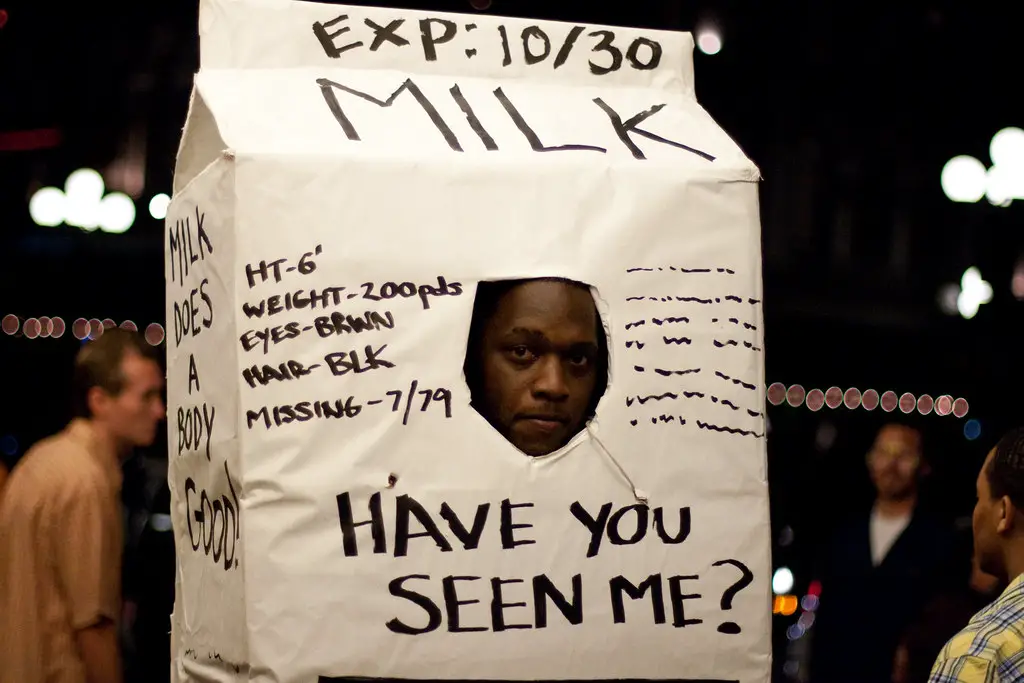
Thanks to every crime show ever, people think you have to wait a full day before police will even look for someone. That’s just bad TV logic. In real life, the first few hours are actually the most critical in a missing persons case. Most police departments encourage immediate reporting—especially for kids or vulnerable adults.
So if your gut tells you something’s off, don’t wait. File that report, make the call, and let the professionals sort it out. Law enforcement agencies take these cases seriously, and that fictional 24-hour rule? Pure drama, zero truth.
8. Bats Are Blind

You’ve probably heard the phrase “blind as a bat” more times than you can count. But real bats? They see just fine—some even better than humans in low light. They also use echolocation, which is like having built-in sonar, but that doesn’t mean they can’t see. It’s like saying you wear glasses and use Google Maps—redundancy is survival.
Different bat species have different vision levels, but none are truly blind. So the next time someone uses that tired idiom, feel free to serve up some zoological sass. Bonus: fruit bats (aka flying foxes) have huge, adorable eyes that work very well. Take that, myth.
9. The U.S. Civil War Was Only About States’ Rights
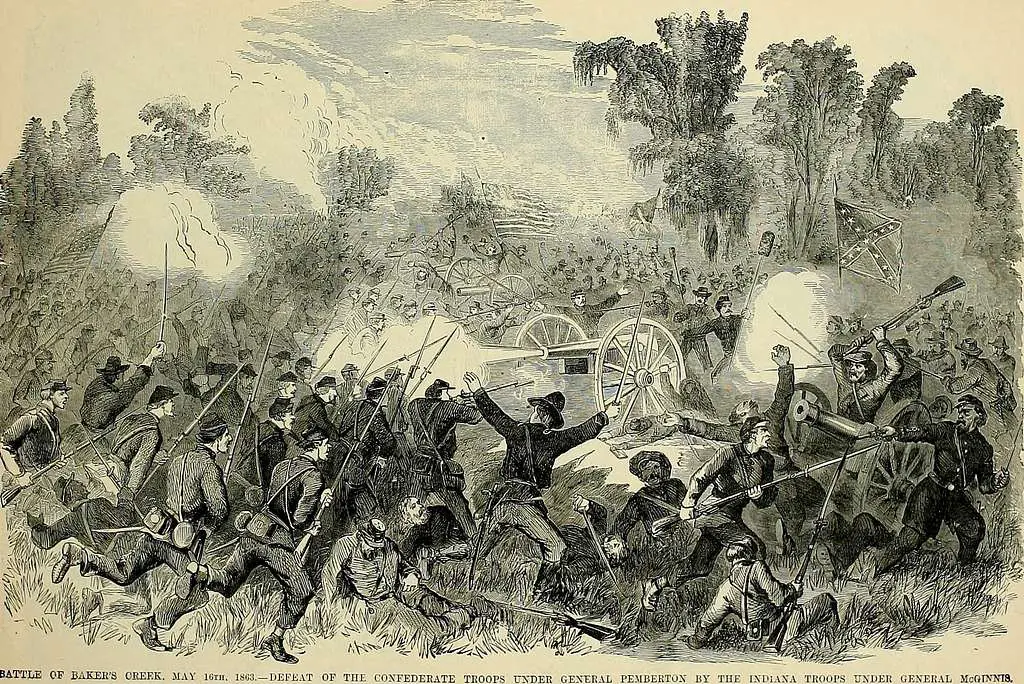
Let’s not mince words: the Civil War was about slavery. Full stop. The “states’ rights” argument is a historical rebranding attempt that gained traction post-war as a way to downplay the role of slavery. But if you actually read the Confederate states’ secession documents, they spell it out loud and clear—preserving slavery was the priority.
Sure, states’ rights were part of the issue, but specifically the right to own human beings. It’s like saying a bank robbery was about a disagreement over customer service policies. Dig into the source material, and there’s no ambiguity. Schools often gloss over this to avoid “controversy,” but let’s call it what it was.
10. Pilgrims Wore Black and Had Buckles on Everything

We’ve all seen the Thanksgiving art projects: sad-looking people in black coats with giant buckles on their hats and shoes. Cute? Maybe. Accurate? Not at all. Pilgrims actually wore a variety of colors—like greens, browns, and reds—and buckles weren’t even in fashion until decades later.
The black-and-buckle look came from artists in the 19th century trying to paint a “stoic and serious” vibe. In reality, Pilgrims wanted to look nice just like anyone else. And fun fact: those iconic tall hats? Total costume invention. So maybe update that classroom Thanksgiving skit next year, yeah?
11. The Seasons Are Caused by How Close Earth Is to the Sun

Nope, the Earth isn’t just taking a scenic route and getting hot or cold based on mileage. The real reason we have seasons is the tilt of Earth’s axis—23.5 degrees, to be exact. When one hemisphere tilts toward the Sun, it gets more direct sunlight (summer), and when it tilts away, it gets less (winter).
This myth persists because it sounds intuitive, but if it were true, summer would be the same across the globe at the same time. (Spoiler: it’s not—while it’s summer in New York, it’s winter in Sydney.) Distance from the Sun actually changes very little throughout the year. So yeah, we’re orbiting like tipsy ballerinas, not zooming toward a solar tanning bed.
12. The Declaration of Independence Was Signed on July 4th
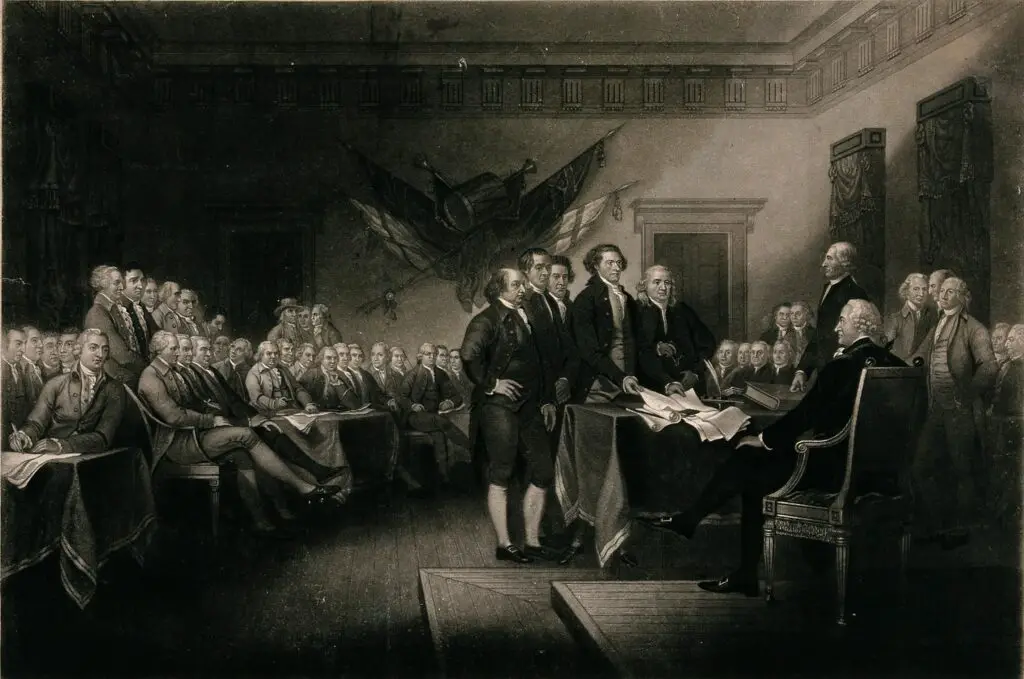
Cue the fireworks, but… not so fast. July 4th was the day Congress adopted the final wording of the Declaration, not the day it was signed. Most of the actual signing happened on August 2, 1776, and even then, not everyone signed it at the same time. The process was more like a group project turned in late.
The July 4th date became the celebrated holiday because it was the official “we’re doing this” moment, even if the signatures didn’t all hit the page that day. So while you’re lighting sparklers, just know you’re commemorating a vote, not a big fancy autograph session.
13. The Alamo Was a Noble Last Stand for Freedom

The Battle of the Alamo is taught like a heroic standoff, but it’s more complicated than that. The Texan rebels fighting at the Alamo were pushing back against the Mexican government—yes—but they were also fighting to preserve slavery, which Mexico had abolished. That nuance gets left out of a lot of school versions.
So while the bravery of those who died is undeniable, the larger cause wasn’t just “freedom” in the abstract. Like many historical events, the Alamo sits in a gray zone—not the black-and-white epic we saw in textbooks or Remember the Titans-style pep talks.
14. Marie Antoinette Said “Let Them Eat Cake”
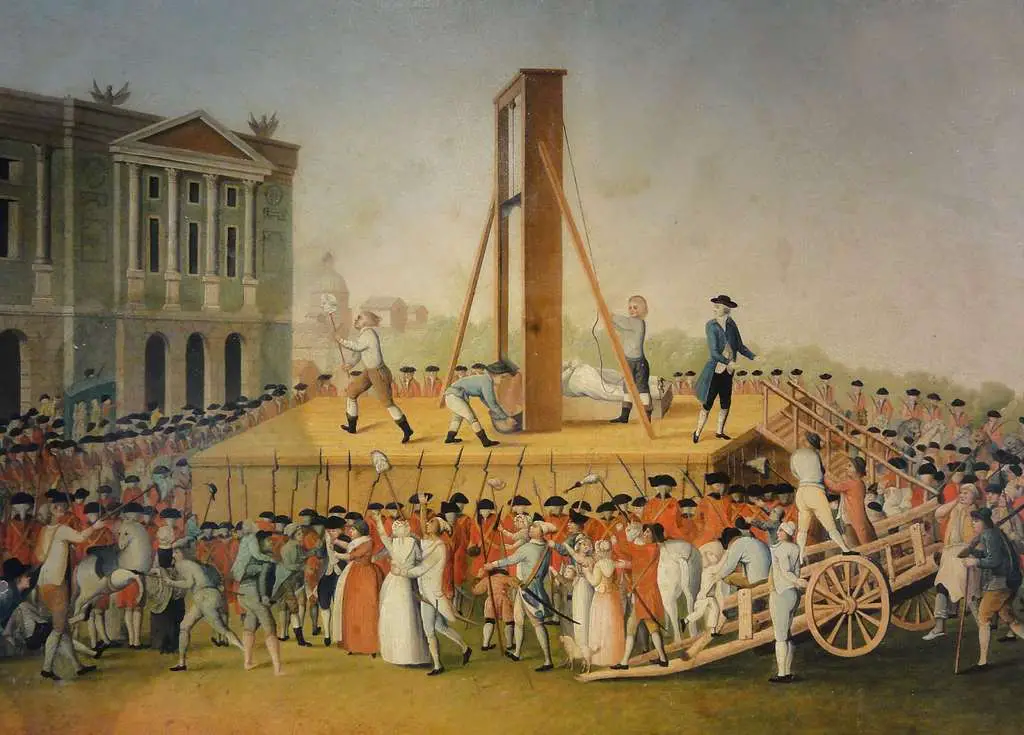
Iconic line, sure—but historically? Super unlikely she ever said it. The phrase “Let them eat cake” had been floating around as a cliché for decades before Marie Antoinette even entered the chat. It was meant to mock out-of-touch aristocrats in general, and she just got unfairly saddled with it later.
Historians agree there’s zero evidence she uttered those words, and it was probably revolutionary propaganda. But hey, if we’re handing out fake quotes, let’s at least credit her with something sassy. Like, “This powdered wig is fierce.”
15. Goldfish Have a 3-Second Memory

Poor goldfish—eternally roasted for having the memory of a dropped French fry. But science says otherwise: goldfish can remember things for months. They can recognize their owners, learn tricks, and even associate certain sounds with feeding time.
This myth got popular because, well, it’s funny. But goldfish are way smarter than we give them credit for. So maybe next time you tap the tank, remember you’re talking to a surprisingly clever little swimmer—not Dory from Finding Nemo.
